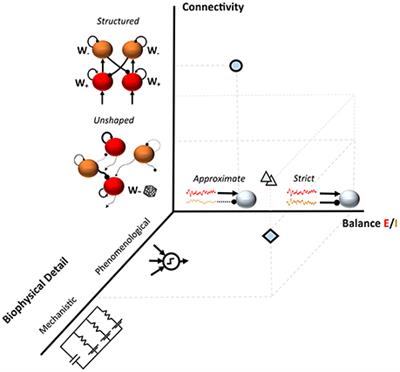EDITORIAL
Published on 26 Jan 2018
Editorial: Metastable Dynamics of Neural Ensembles
doi 10.3389/fnsys.2017.00099
- 3,852 views
- 8 citations
15k
Total downloads
87k
Total views and downloads
You will be redirected to our submission process.
EDITORIAL
Published on 26 Jan 2018
OPINION
Published on 04 Apr 2017

ORIGINAL RESEARCH
Published on 23 Sep 2016

ORIGINAL RESEARCH
Published on 31 Mar 2016

ORIGINAL RESEARCH
Published on 17 Feb 2016

ORIGINAL RESEARCH
Published on 14 Jan 2016
ORIGINAL RESEARCH
Published on 25 Aug 2015
ORIGINAL RESEARCH
Published on 30 Jun 2015
ORIGINAL RESEARCH
Published on 06 Mar 2015
HYPOTHESIS AND THEORY
Published on 25 Jun 2014
HYPOTHESIS AND THEORY
Published on 26 Feb 2014
ORIGINAL RESEARCH
Published on 04 Dec 2013
